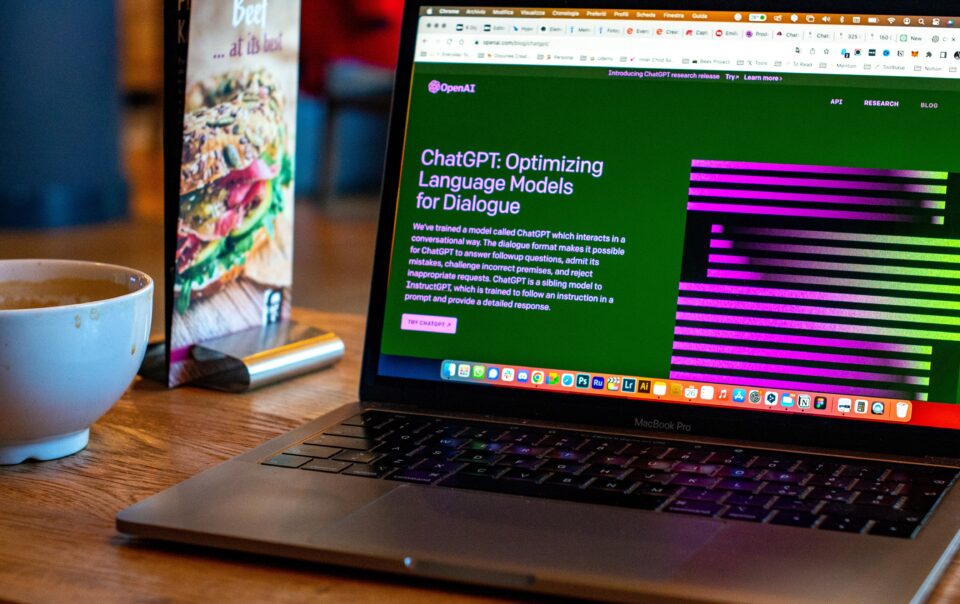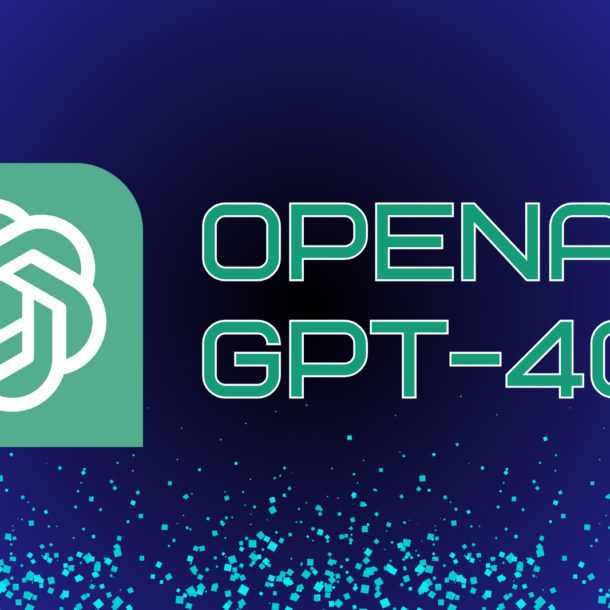
Grab Alicia’s free E-book: “ChatGPT Made Easy A Beginner’s Fast-Track Guide to Mastering ChatGPT.” Click Here!
How Bias in AI Can Damage Your Marketing Data (and What You Can Do About It)
Let’s get into something that could quietly—but seriously—be holding your business back: bias in AI.
You already know I love AI. I teach it, I use it, and I encourage entrepreneurs everywhere to use it, too. But here’s the part most people skip over: AI isn’t neutral. If you’re not careful, it can reinforce the very things you’re trying to break free from—like outdated ideas, wrong assumptions about your audience, and messaging that just doesn’t fit your voice.
Let’s talk about what bias in AI actually means, how it affects your marketing results, and, most importantly—how to fix it. I’m walking you through this step by step.
✅ What Is Bias in AI (and Why It’s Not Just a Tech Problem)
Bias in AI means the system is making decisions or suggestions based on limited, unbalanced, or outdated data. Why does that matter in marketing? Because marketing is about connection—and biased data leads to the wrong message reaching the wrong people.
Think about it: if the AI behind your copy, customer insights, or ad targeting is trained on data that doesn’t reflect your audience, it’s going to lead you in the wrong direction. And sometimes, it won’t be obvious until your engagement drops or your messaging starts to feel “off.”
This isn’t about whether AI is “good” or “bad.” It’s about being smart, strategic, and responsible with how we use it.
🚨 What Happens When Bias in AI Sneaks Into Your Marketing

Let me break it down with real-world impact. When bias in AI goes unchecked, it can cause:
- Misaligned Messaging: Your content sounds like it was written for a totally different audience—one you don’t serve.
- Tone Mismatch: Instead of sounding like your authentic, relatable self, the AI sounds too corporate, too formal, or just off.
- Targeting Errors: AI might suggest customer segments or ad strategies that don’t match your data—because it assumes your audience fits the “norm” it was trained on.
- Missed Opportunities: Audiences that matter to you could be left out completely, simply because the data set didn’t include them.
The result? Your brand loses its voice. Your audience stops engaging. And you’re left wondering why your strategy isn’t working—even when you’re doing “everything right.”
🧠 Where Does This Bias Come From?
Let’s be clear—AI doesn’t create bias from scratch. It learns it.
Most AI models are trained on content from across the internet. That includes:
- Corporate blogs
- News articles
- Ad copy from big brands
- Public forums and databases
And guess what? That data reflects the same imbalances we see in the real world: more male voices than female, more Western viewpoints, fewer small-business use cases, less cultural diversity, and often—less nuance.
So when you ask AI for help with your brand? It’s not drawing from a neutral source. It’s repeating what it’s already seen, which can skew your message.
🛠 How to Spot and Fix Bias in AI—Step by Step
Alright, now let’s shift into solution mode. Here’s how to actually fix this in your workflow:
1. Train AI to Sound Like You
AI is smart—but it needs direction. Feed it examples of your best content:
Your social posts. Your emails. Testimonials. Product descriptions. Even your tone guidelines.
This is called fine-tuning, and it’s one of the best ways to reduce bias in AI. Because once your tool knows what you sound like, it stops defaulting to generic, outdated templates.
2. Be Specific in Your Prompts
Vague inputs = vague (and usually biased) outputs.
Instead of saying:
“Write an Instagram caption about confidence.”
Try:
“Write a 2-sentence Instagram caption for Black female entrepreneurs who are building online coaching businesses. Make it friendly, bold, and clear.”
When you lead with clarity and context, you give the AI no room to guess—and that’s where the magic happens.
3. Always Do a “Bias Check” Before You Hit Publish
I do this all the time, and it’s a game-changer.
Before you schedule content or send an email, ask:
- “Does this sound like my voice?”
- “Is it making any weird assumptions?”
- “Is it leaving anyone out?”
- “Would my actual customer feel seen when they read this?”
That quick scan protects your brand and your audience’s relationships.
4. Compare AI Insights with Real-World Feedback
Use your own data to stay grounded. Check your analytics. Read your comments. Ask your audience questions.
When AI tells you, “This is your ideal customer,” don’t just accept it. Hold it up against your real buyers. Do the numbers match? Does the language line up?
If not—it’s time to adjust your inputs or retrain the tool.
5. Stay Curious and Keep Learning
The truth is that bias in AI is something we all have to keep learning about. It’s not a one-and-done fix. Technology changes. Data changes. And your brand will evolve, too.
But here’s what won’t change: your responsibility to stay intentional and informed.
The good news? You don’t have to be a tech expert to do this. You just need to pay attention and ask the right questions.
✨ You’re the Strategy. AI Is the Assistant.
AI is powerful. Fast. Scalable. But it’s not the voice of your brand—you are.
When you take time to watch for bias in AI, you protect your message. You show up more clearly. And you create marketing that actually connects.
That’s not just good business—it’s powerful leadership.
So, don’t shy away from using AI. Embrace it. But do it with awareness, with intention, and with the confidence that your voice leads the way.

Contact Info
- 1150 Malabar Rd SE STE 111 #205 Palm Bay, Florida 32907
- (903) 437-7195
- [email protected]


